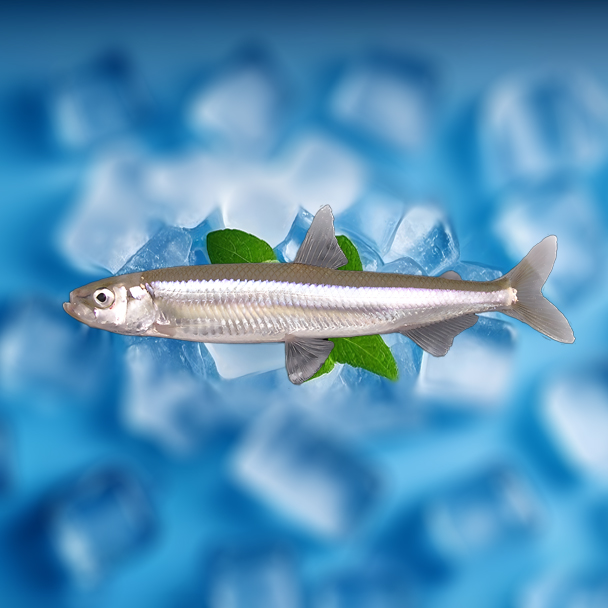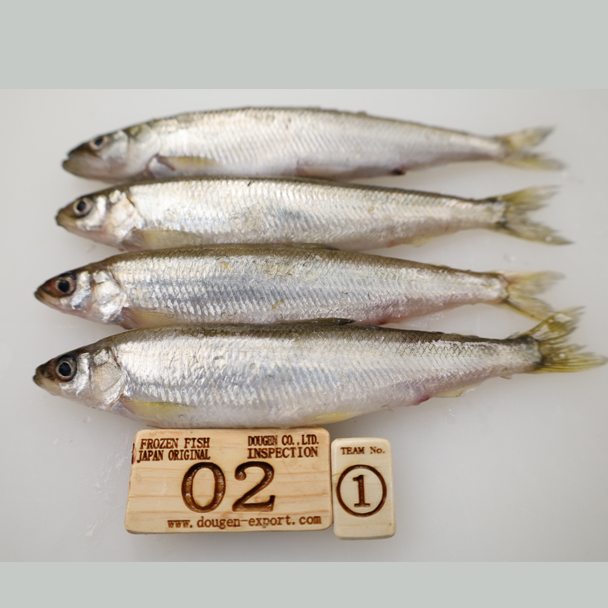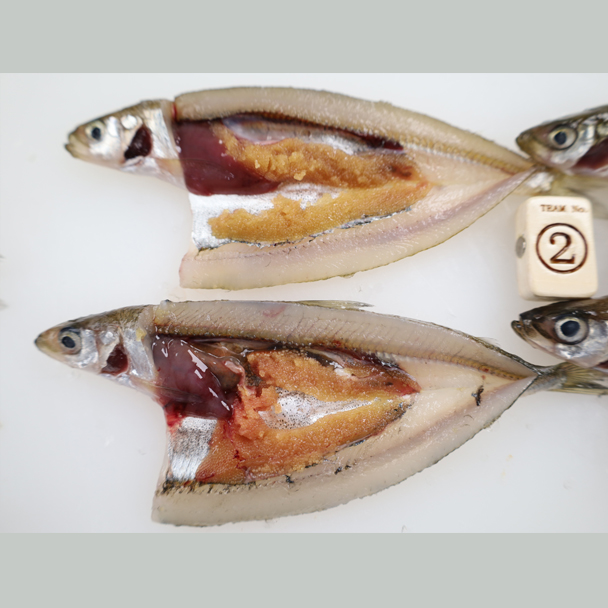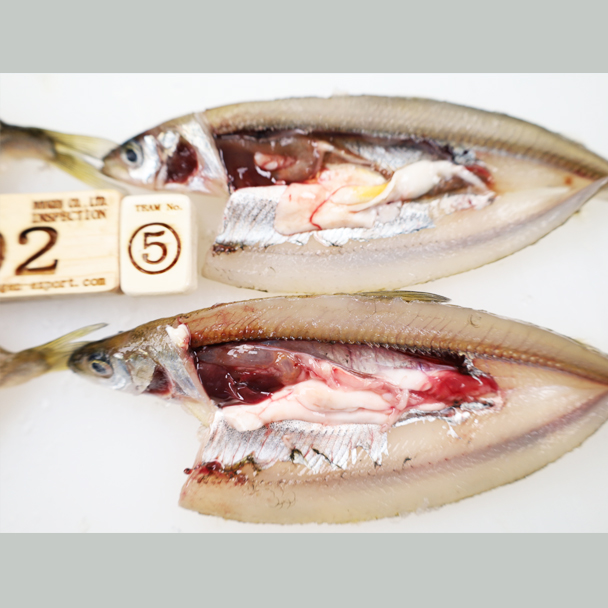








The Japanese smelt, known as **wakasagi** (*Hypomesus nipponensis*), is a small cold-water fish belonging to the family Osmeridae. Native to lakes and rivers in northern Honshu and Hokkaido, it has been introduced across Japan as well as to parts of Korea and China, becoming an important species in freshwater fisheries.
Wakasagi has a slender, silver-transparent body, typically 5 to 15 cm long. It is a schooling fish that adapts well to calm freshwater environments such as lakes, ponds, and reservoirs. With high reproductive capacity and a short growth cycle, it is suitable for aquaculture and widely enjoyed in recreational ice fishing, particularly during winter in Japan.
Valued for its mild flavor and delicate texture, wakasagi is rich in protein, calcium, and unsaturated fatty acids, and is typically eaten whole. It is commonly prepared as deep-fried (karaage), tempura, salt-grilled, or marinated in nanban-zuke (vinegar-based sauces). Its elegant appearance and gentle taste make it a seasonal favorite in home cooking, izakaya menus, and wintertime dishes.
